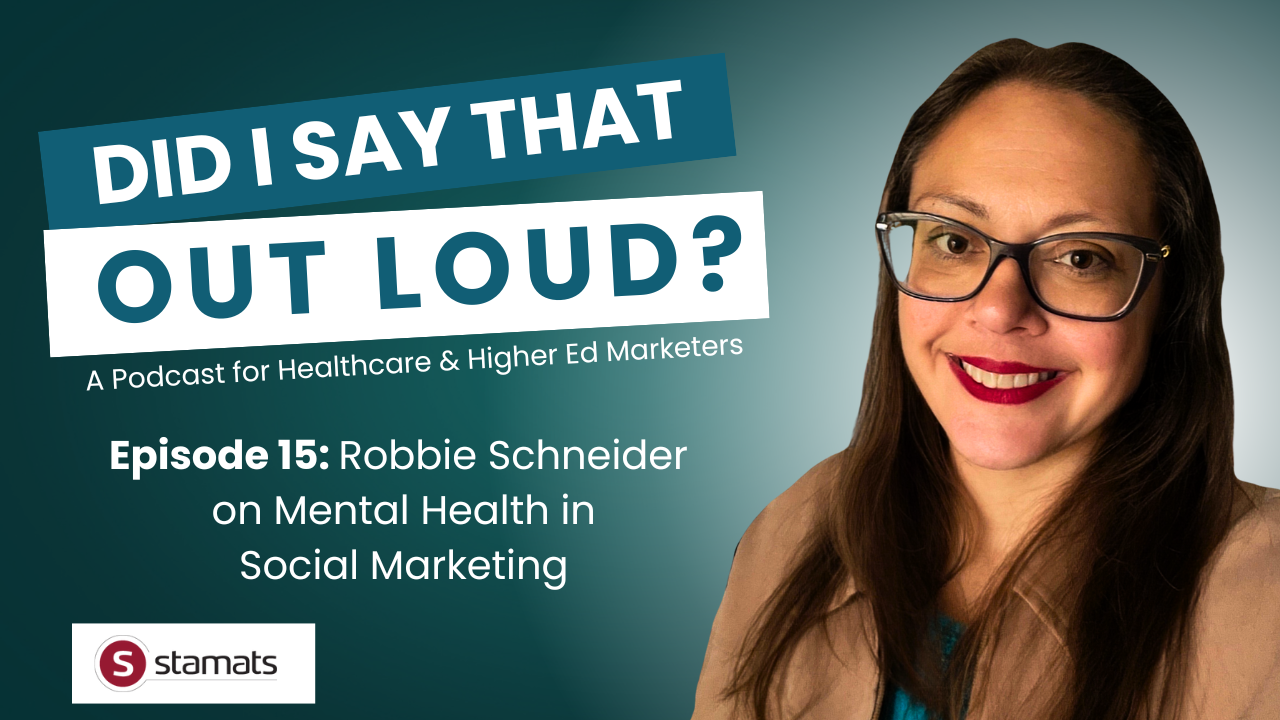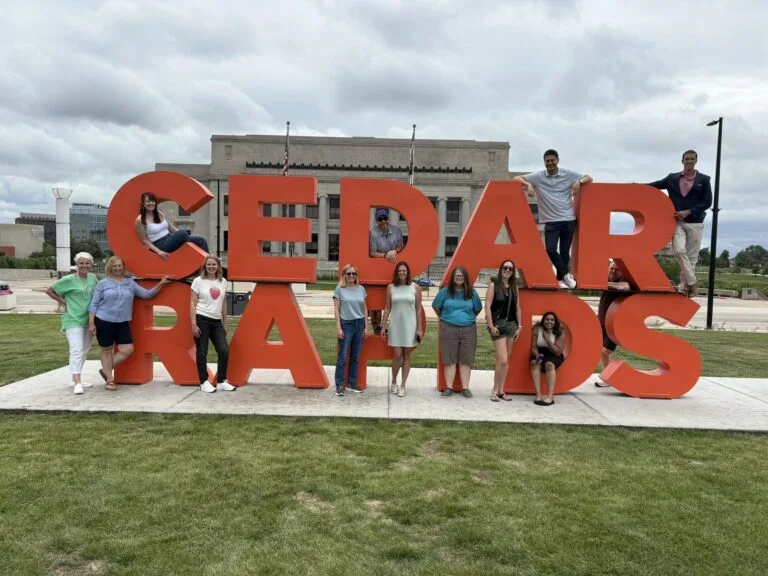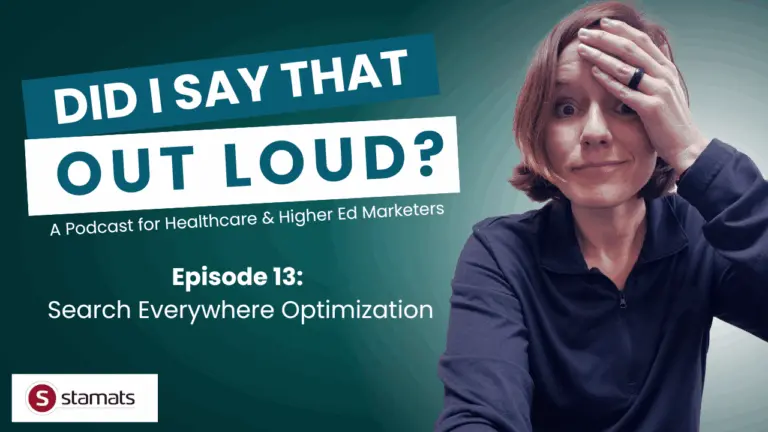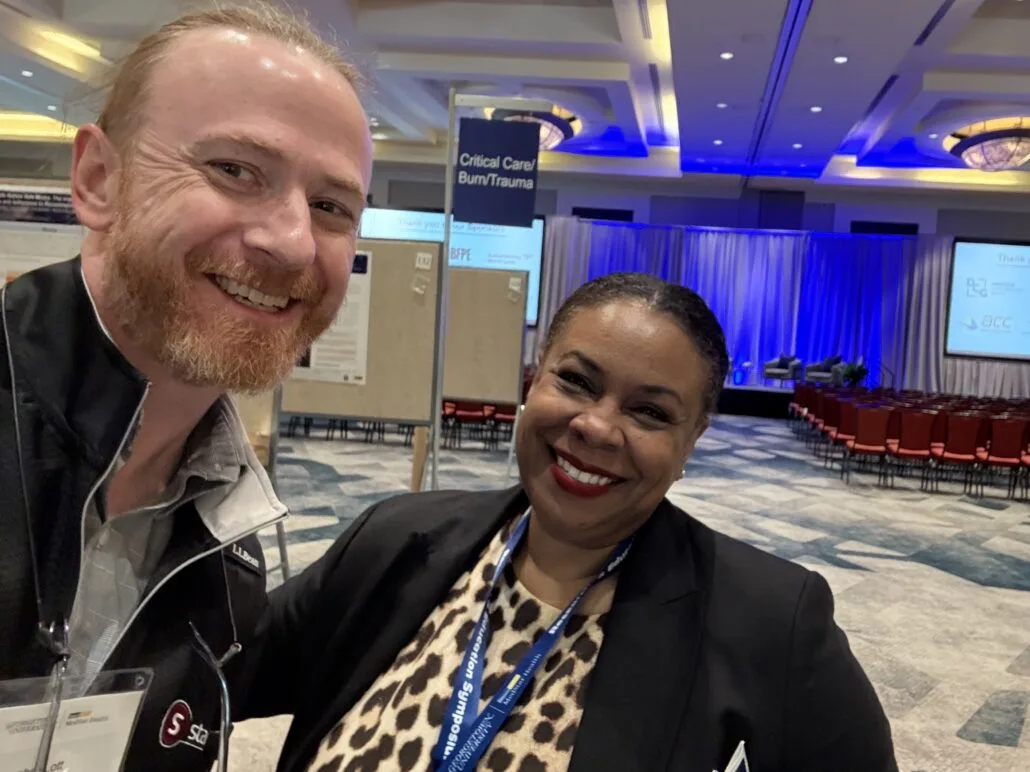Category: Content
-

How to Spark Niche Content Story Ideas Using AI Personas
-

S1, E15: Robbie Schneider on Mental Health in Social Marketing
-

S1, E14: Screaming Monkeys, Impressive Height, & Other Onsite Revelations
-

Niche Content Rules Right Now: 3 Lessons from Mariah’s Appearance on The Education Marketing Leader Podcast
-

S1, E13: Search Everywhere Optimization
-

How to Build Trust in Content Marketing with Your Leadership Team
-

The Joe Rogan Effect: Why Niche Content Is Key to SEO Success
-

De-clutter Your Digital Junk Drawer: How to Prep Your Content for Redesign
-

Accreditation Content: Requirements, Expectations, Anxiety